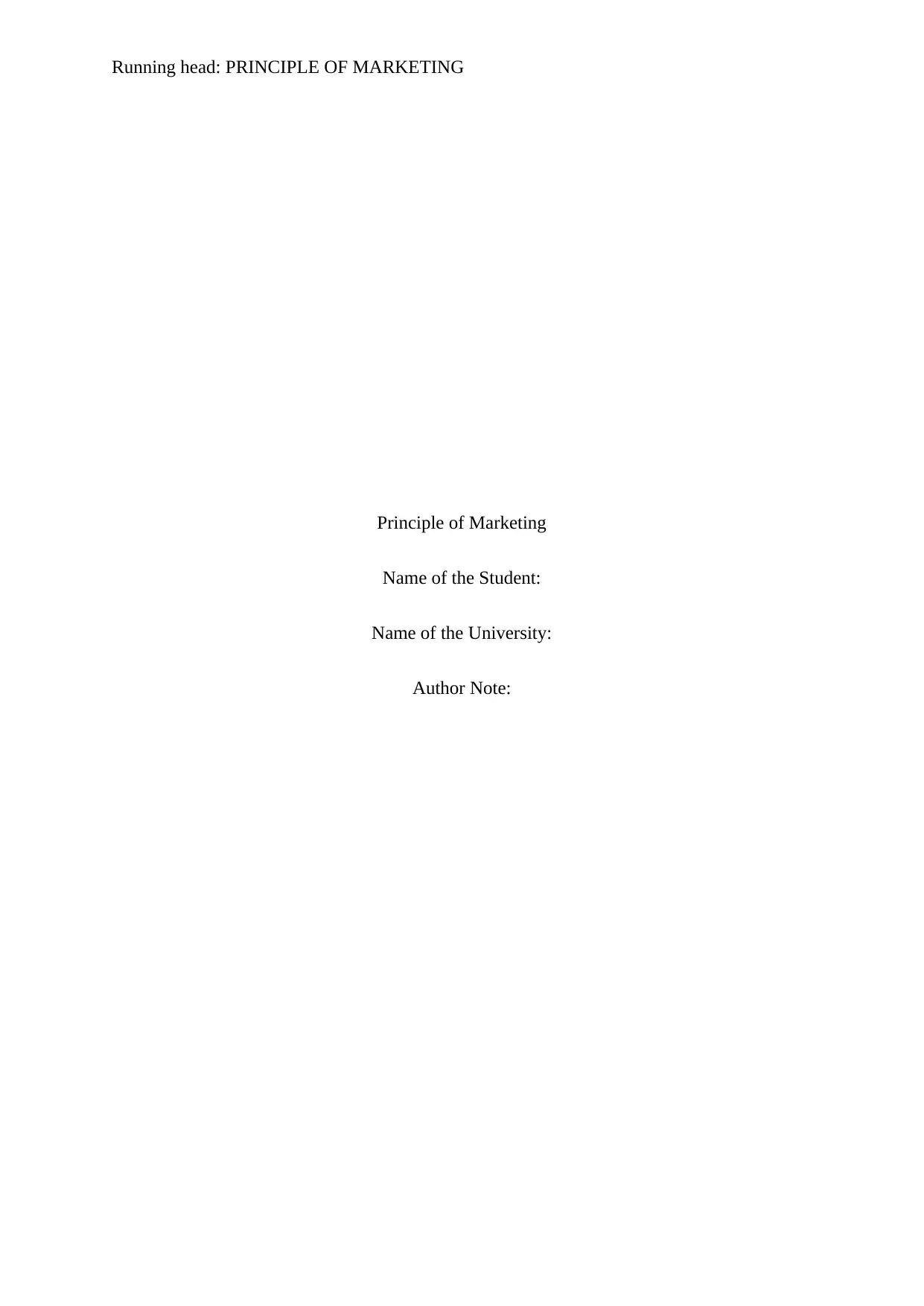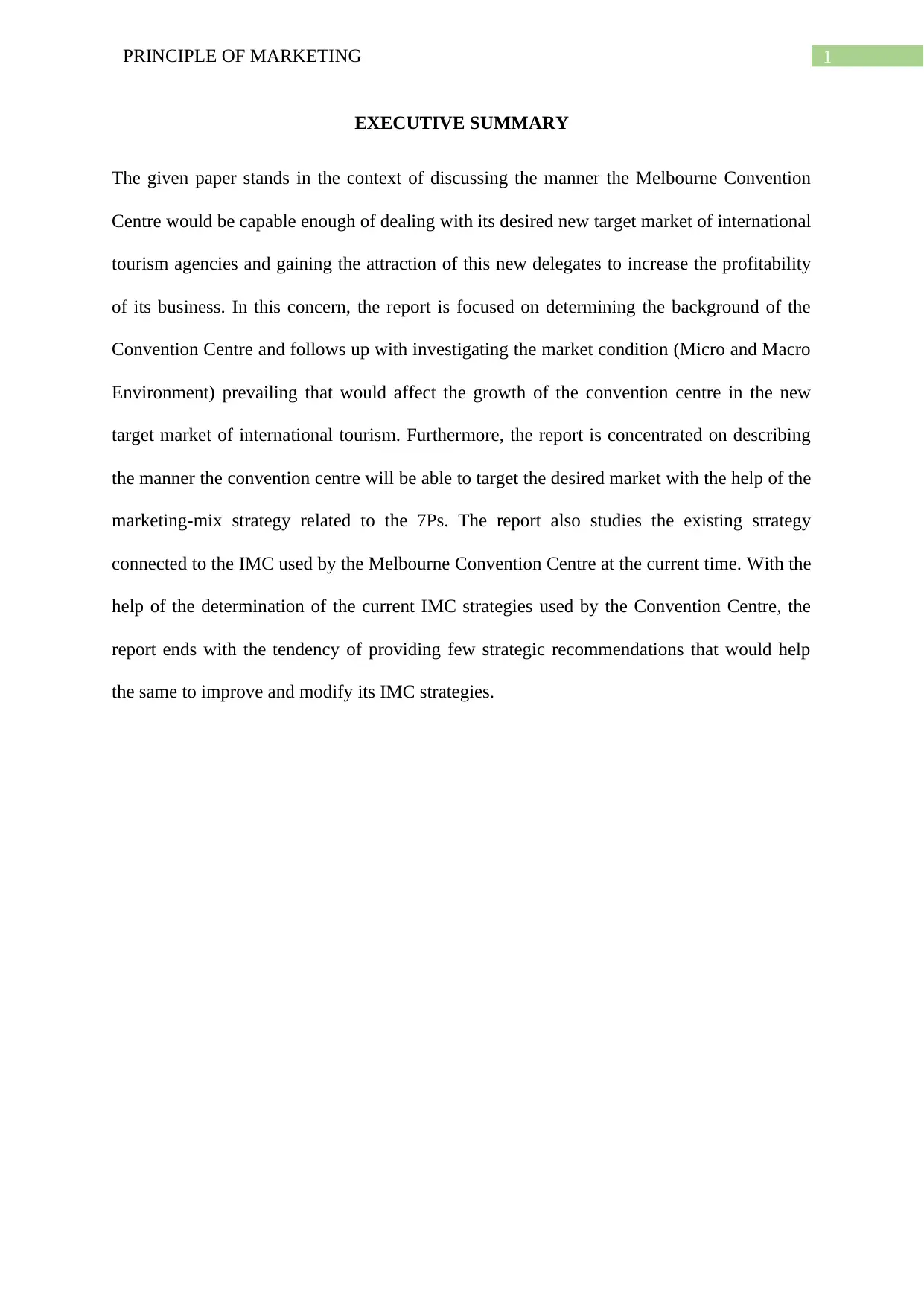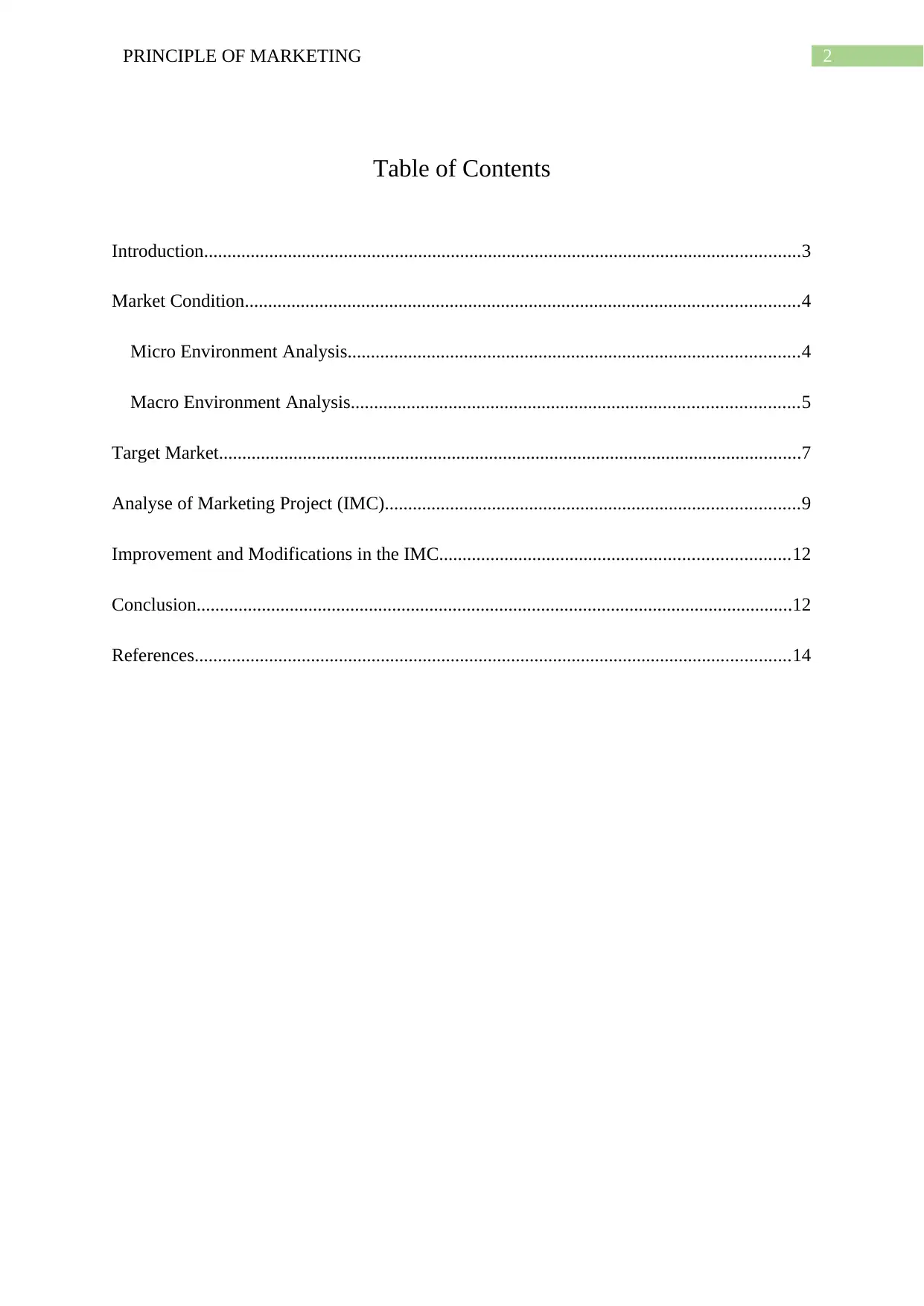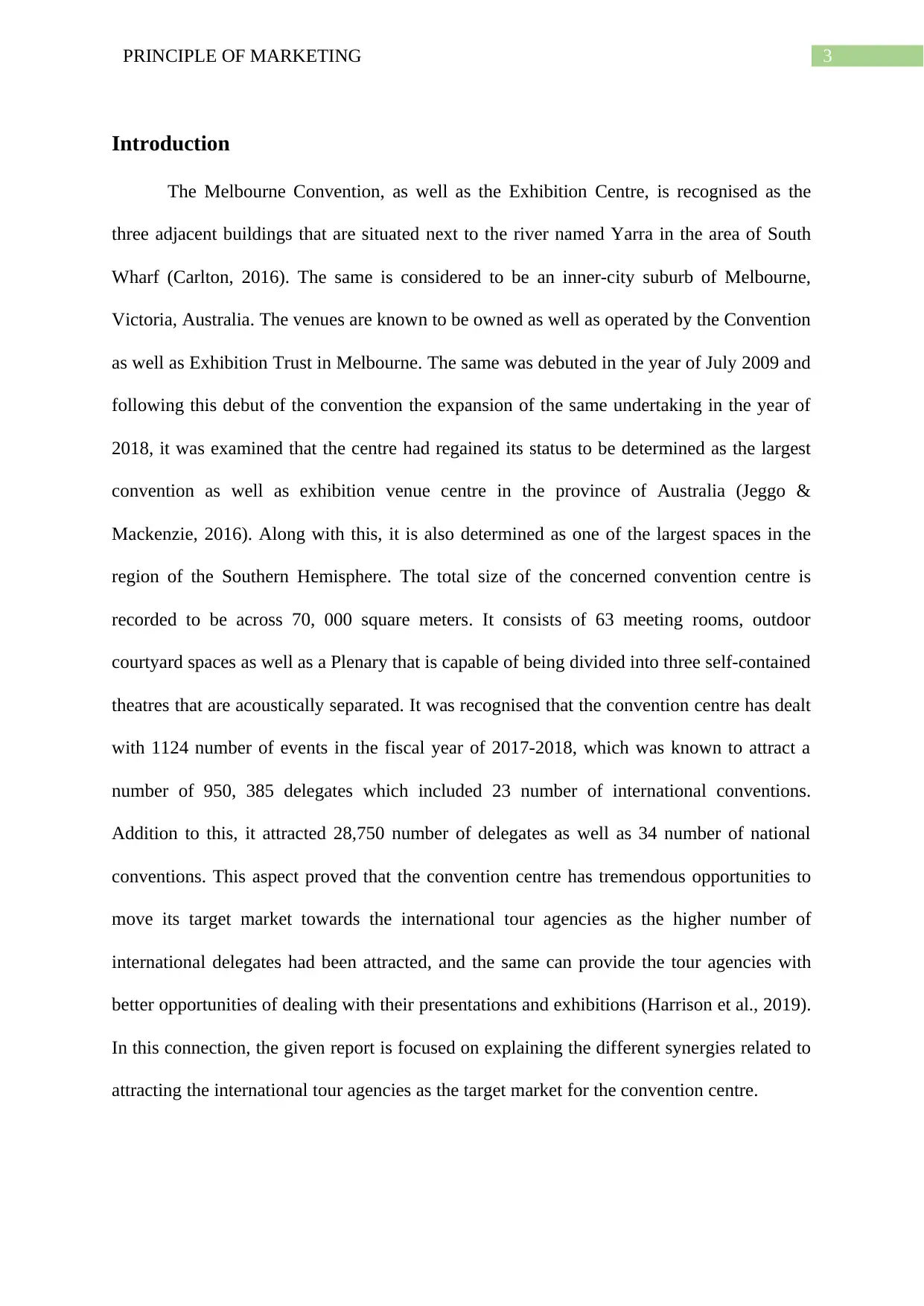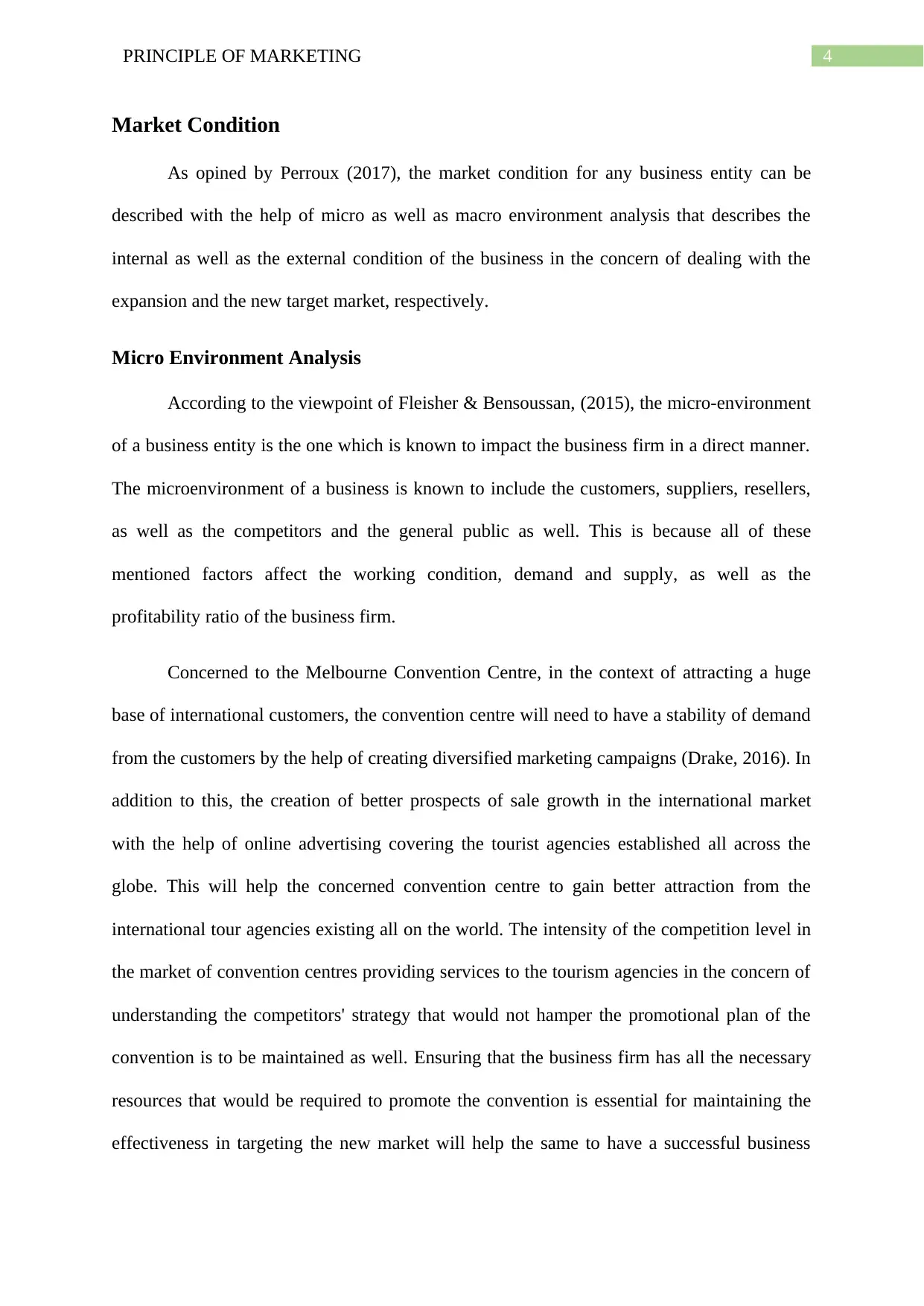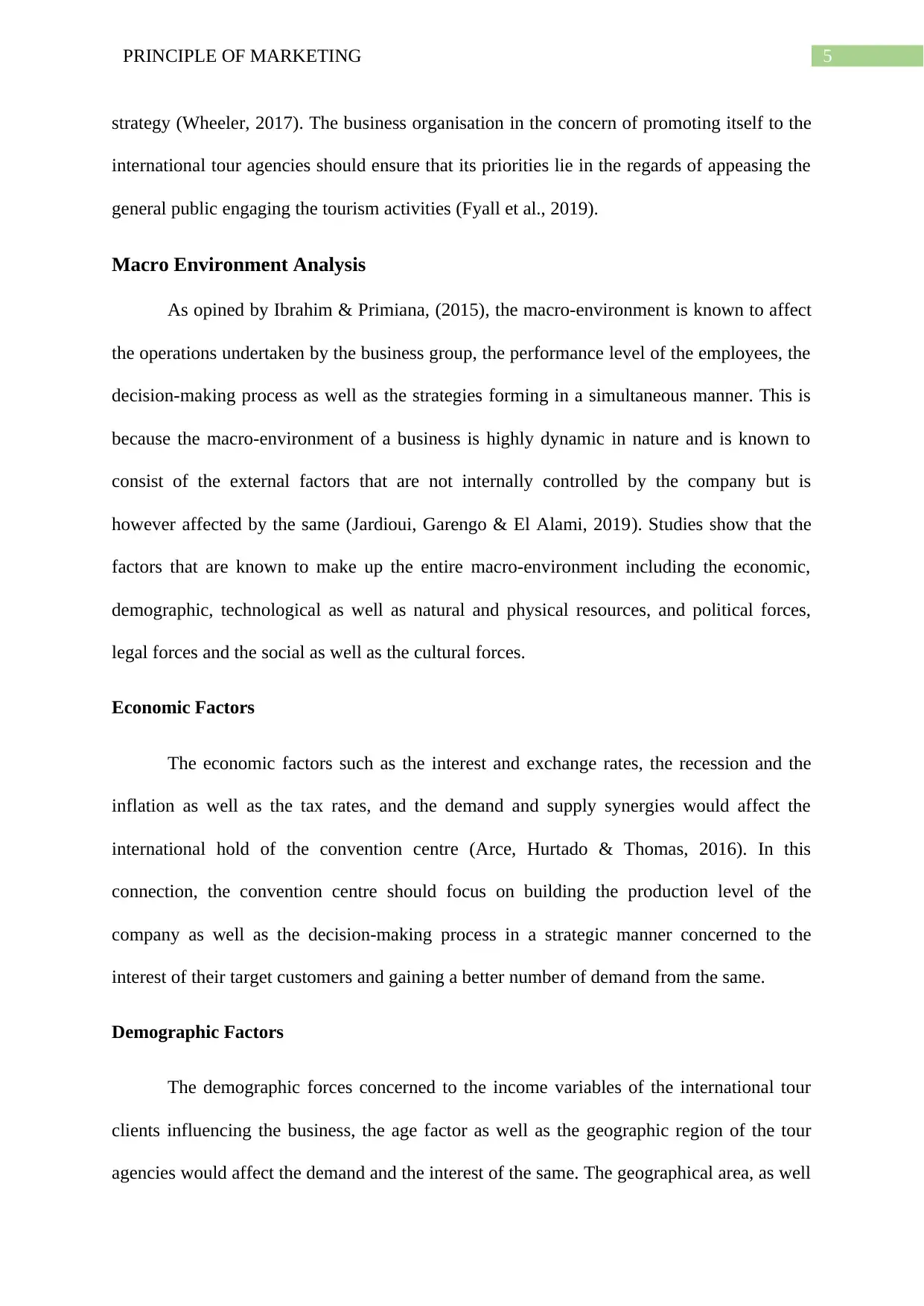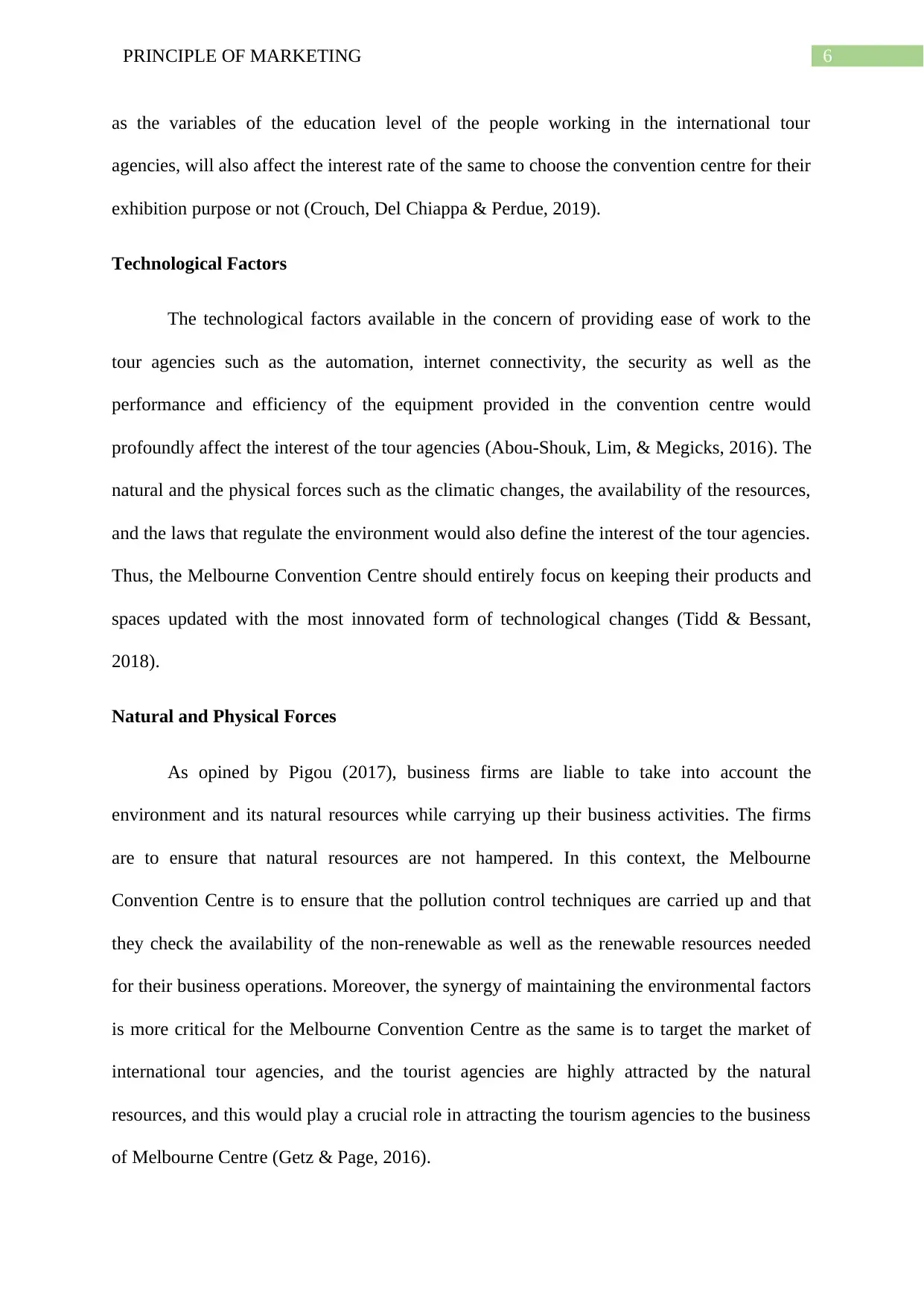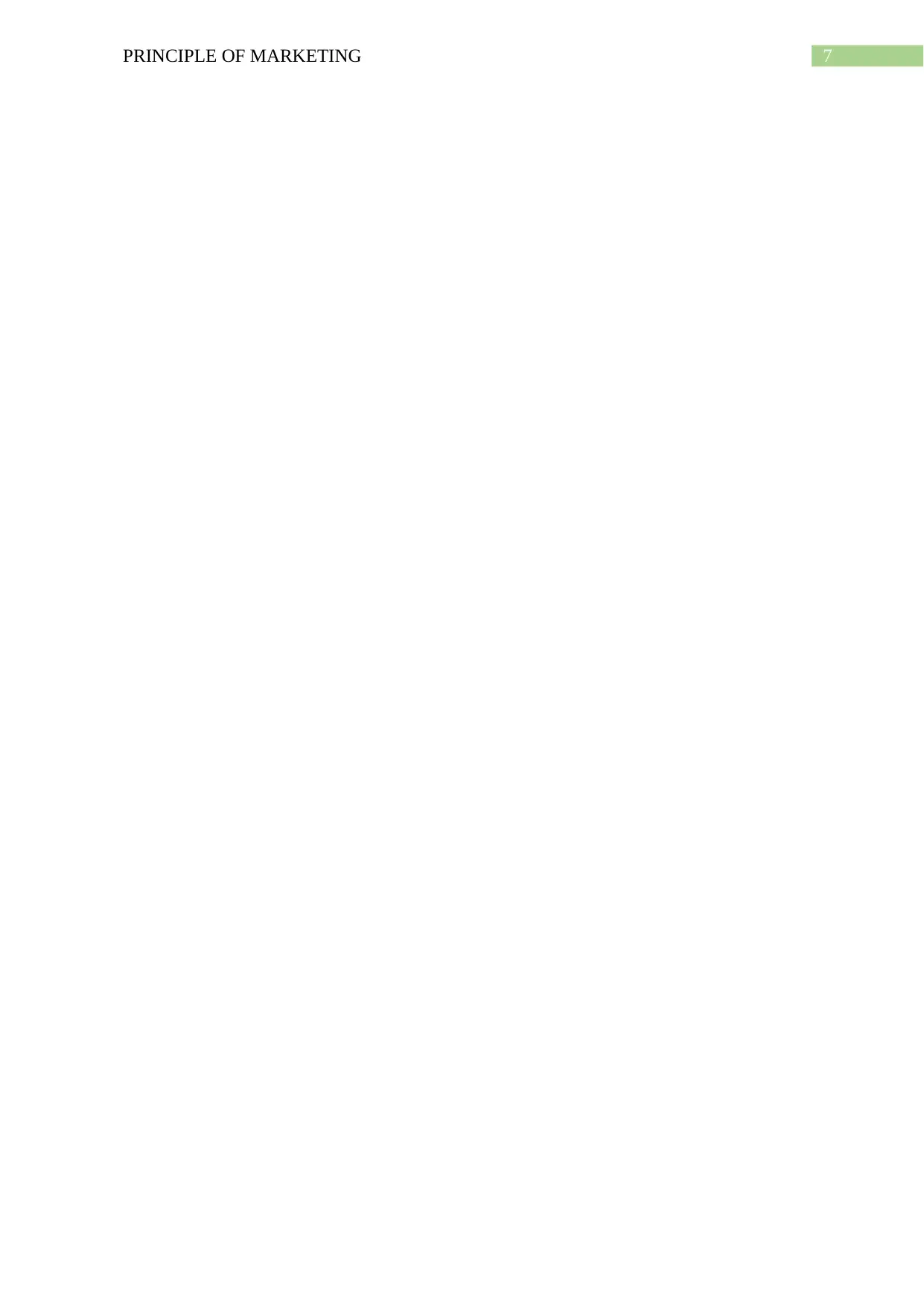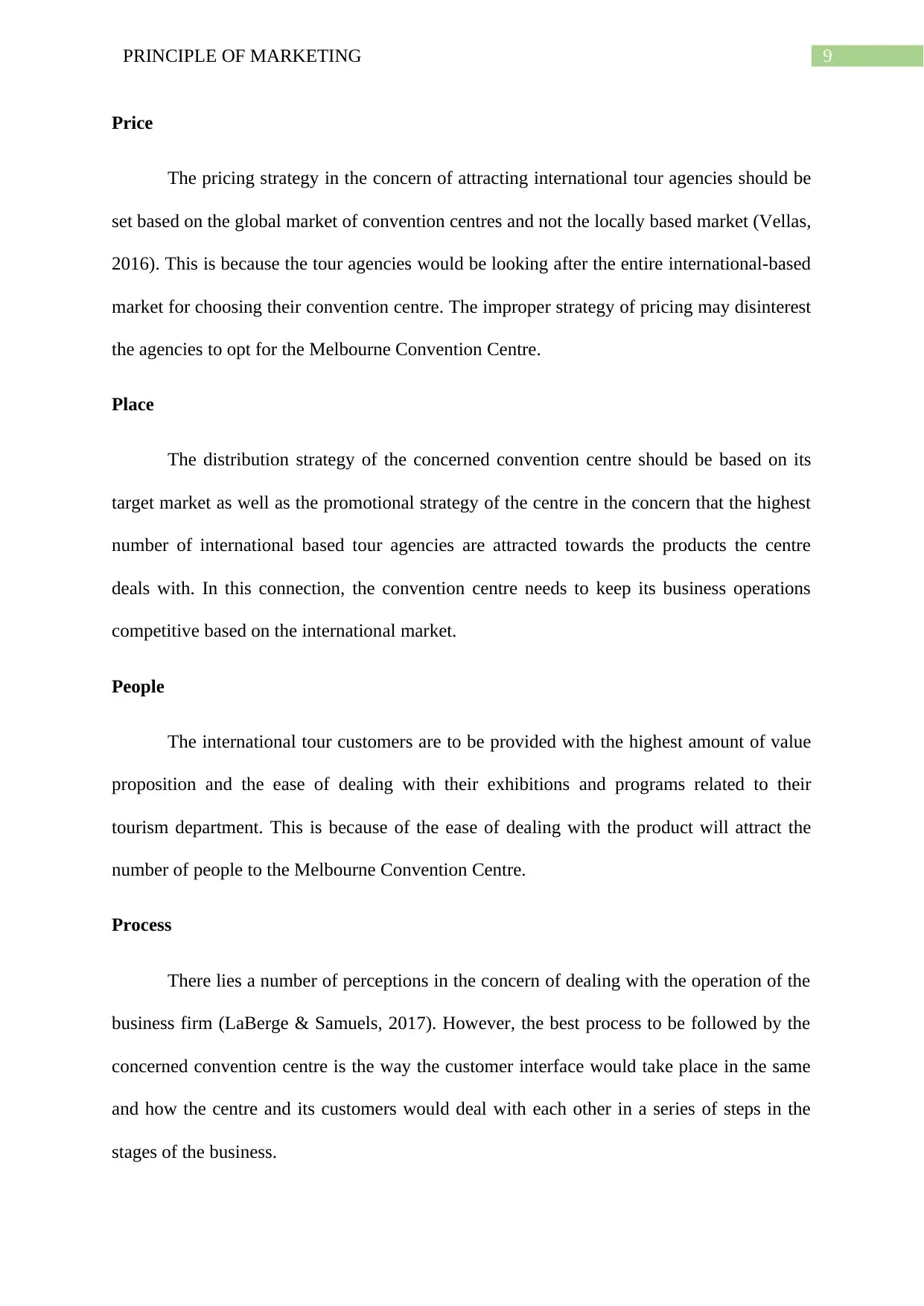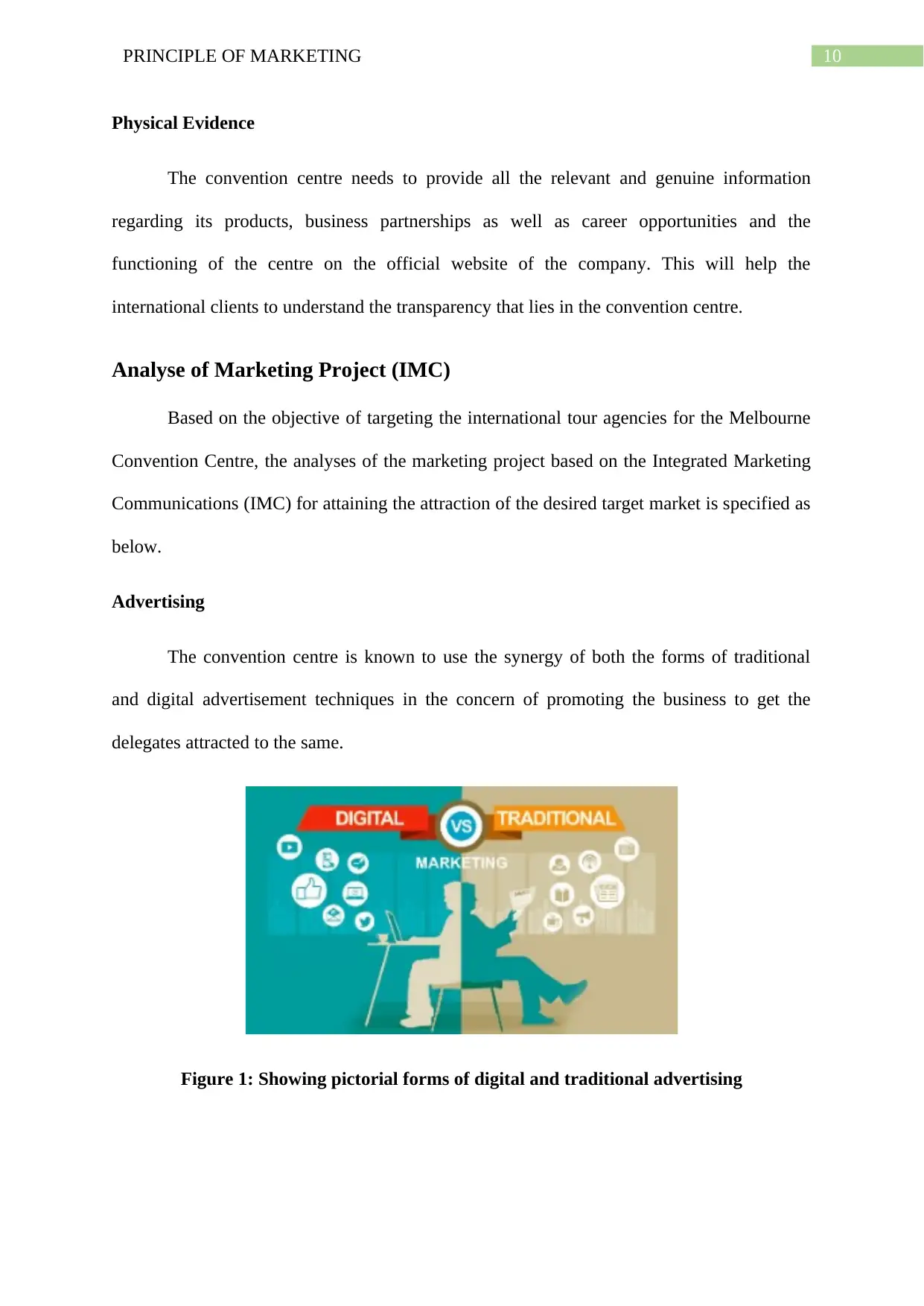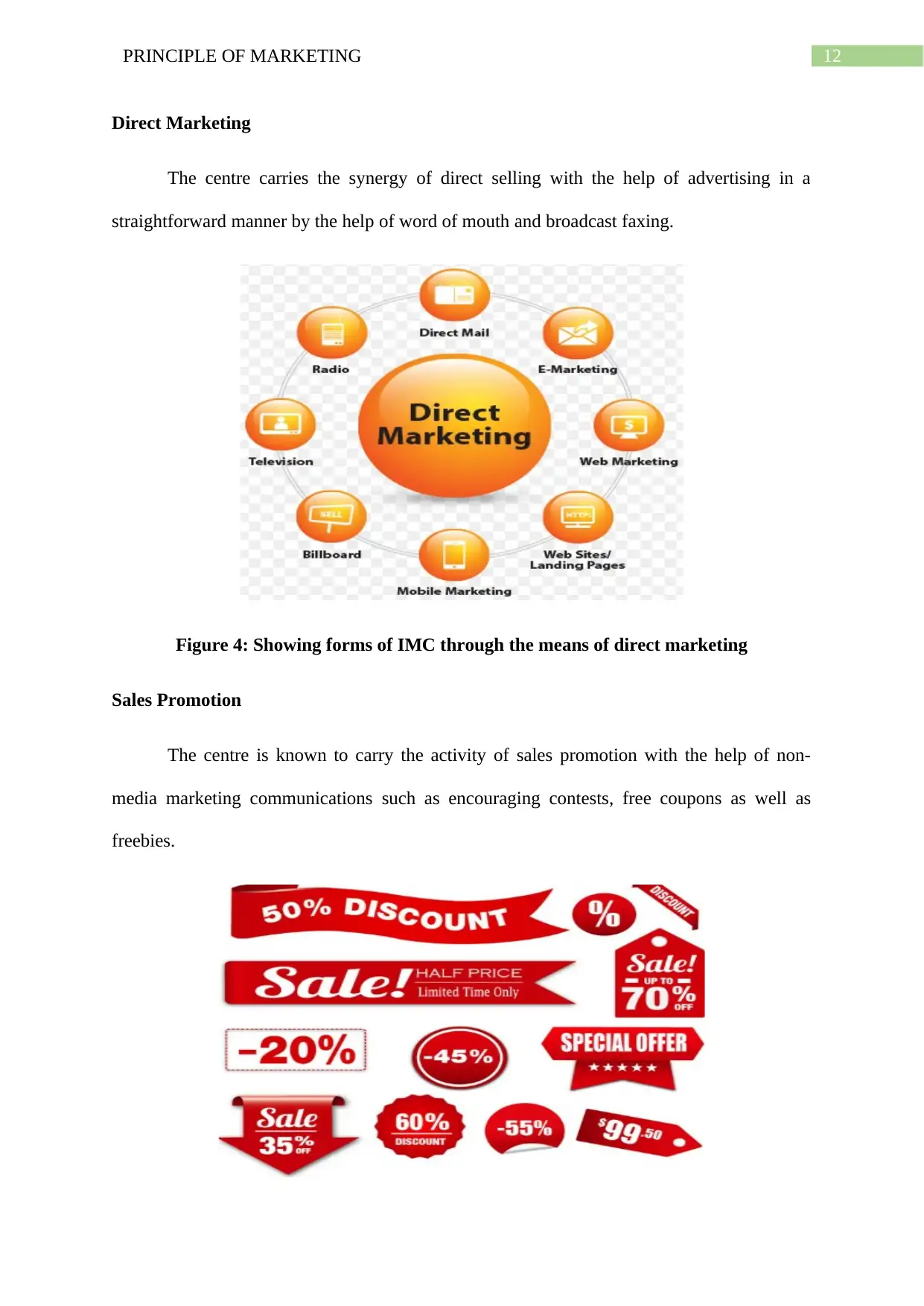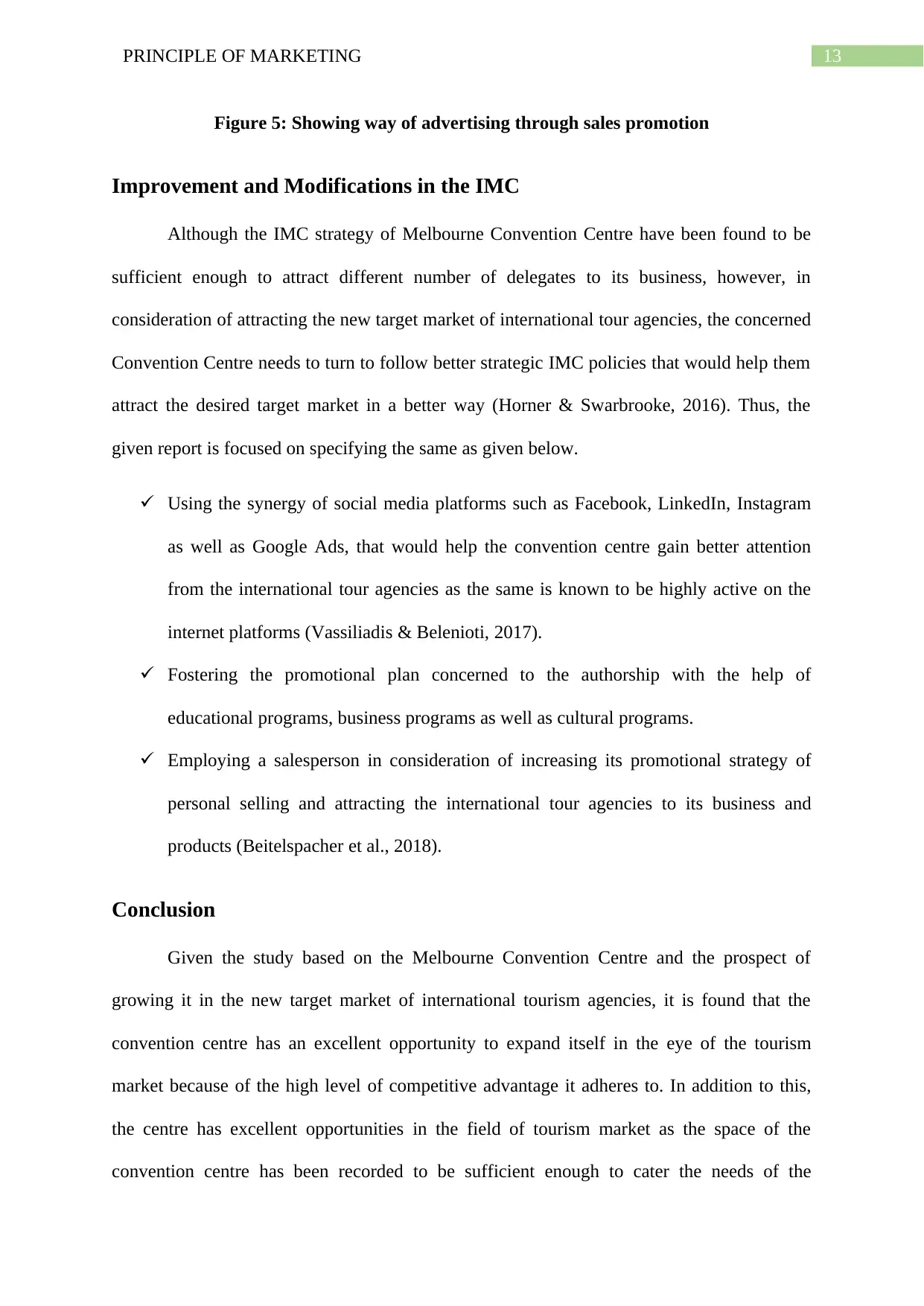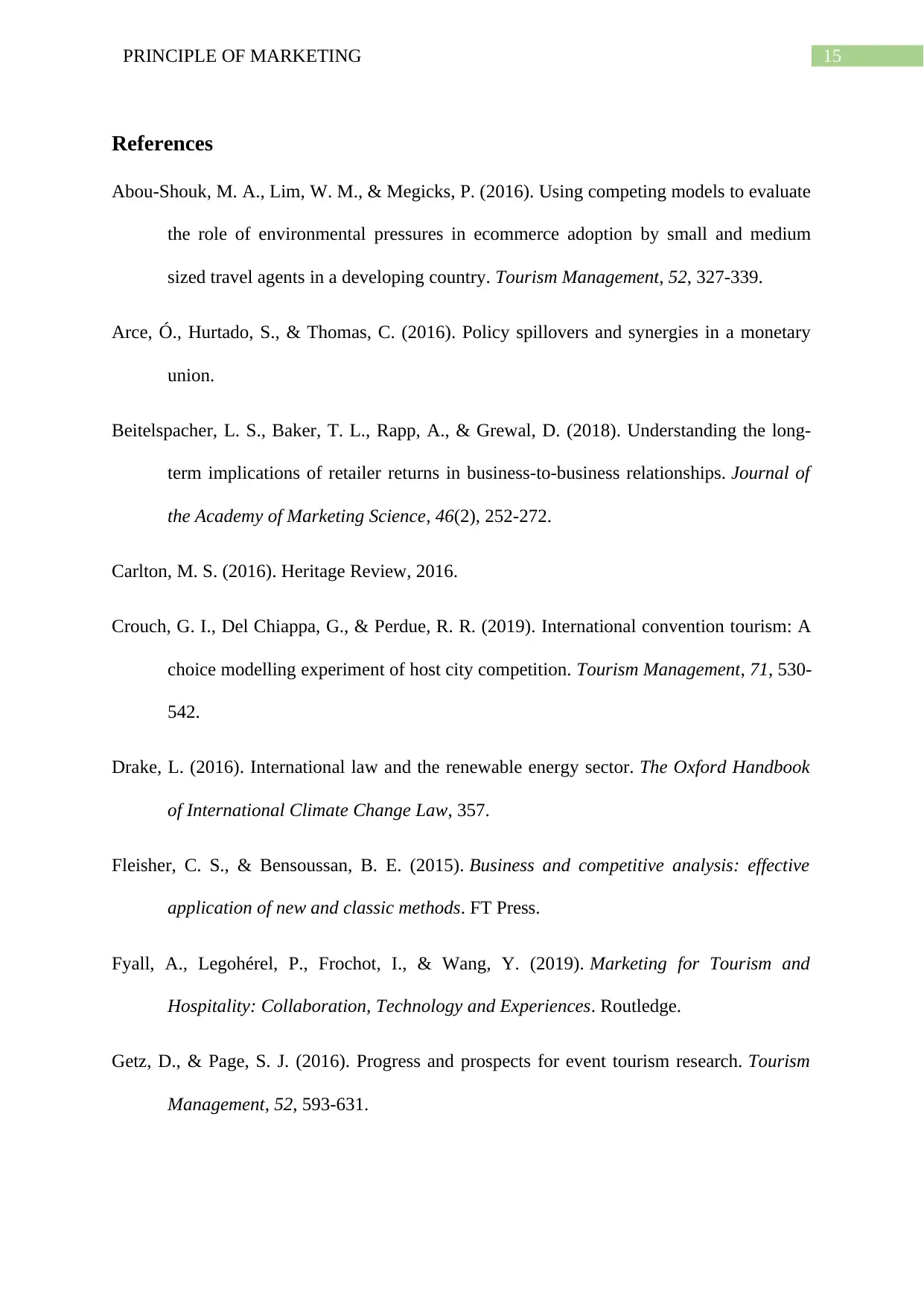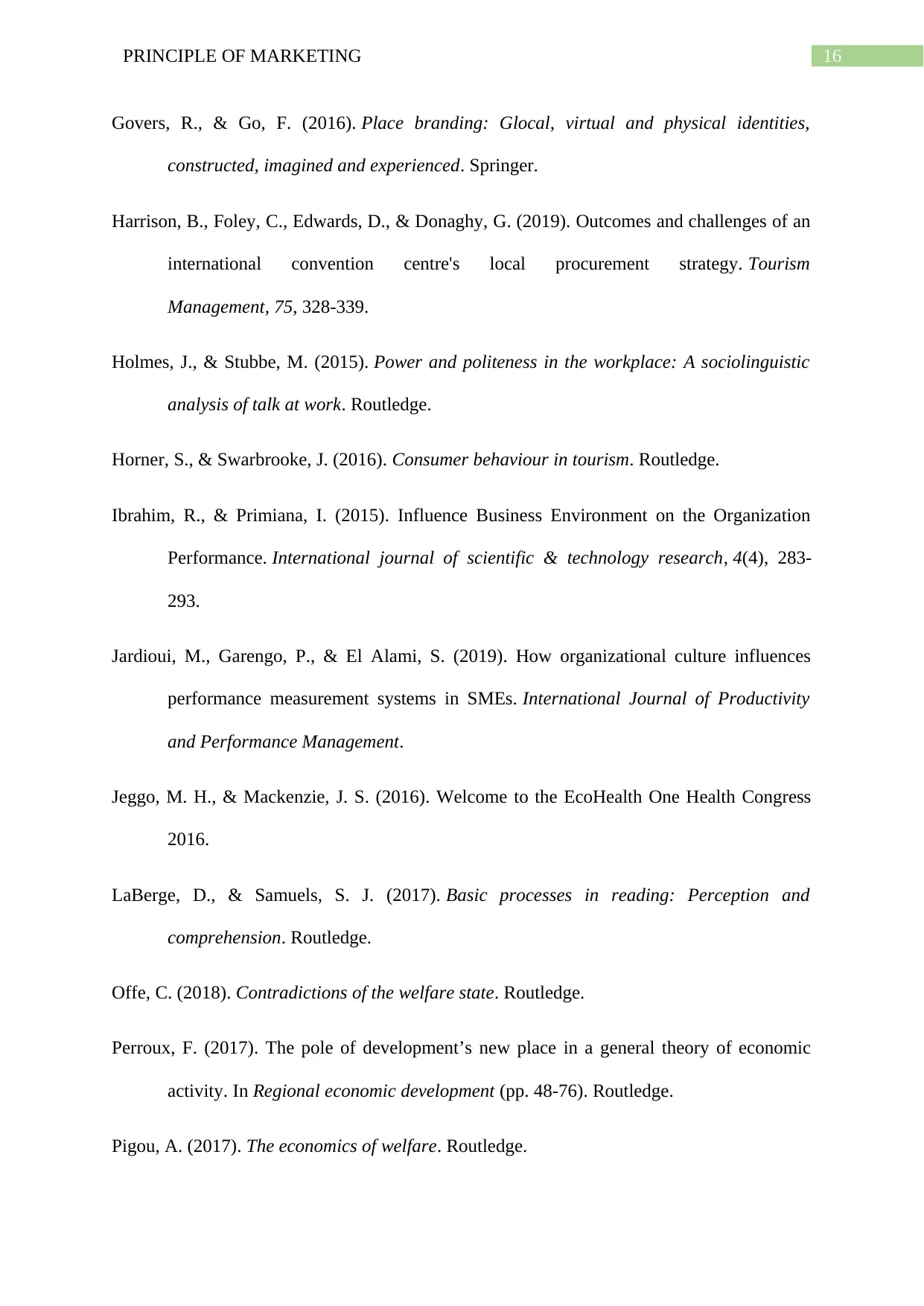PRINCIPLE OF MARKETING 16 16 PRINCIPLE OF MARKETING 16 16 PRINCIPLE OF MARKETING 16 16 PRINCIPLE OF MARKETING 16 16 PRINCIPLE OF MARKETING 16 16 PRINCIPLE OF MARKETING 16 16 PRINCIPLE OF MARKETING 16
VerifiedAI Summary
PRINCIPLE OF MARKETING PRINCIPLE OF MARKETING 16 16 PRINCIPLE OF MARKETING Principle of Marketing Author Note: EXECUTIVE SUMMARY The given paper stands in the context of discussing the manner the Melbourne Convention Centre would be capable enough of dealing with its desired new target market of international tourism agencies and gaining the attraction of this new delegates to increase the profitability of its business. In this concern, the report is focused on determining the background of the Convention Centre and follows up with investigating the market condition (
![[object Object]](/_next/static/media/star-bottom.7253800d.svg)
![[object Object]](/_next/static/media/star-bottom.7253800d.svg)
